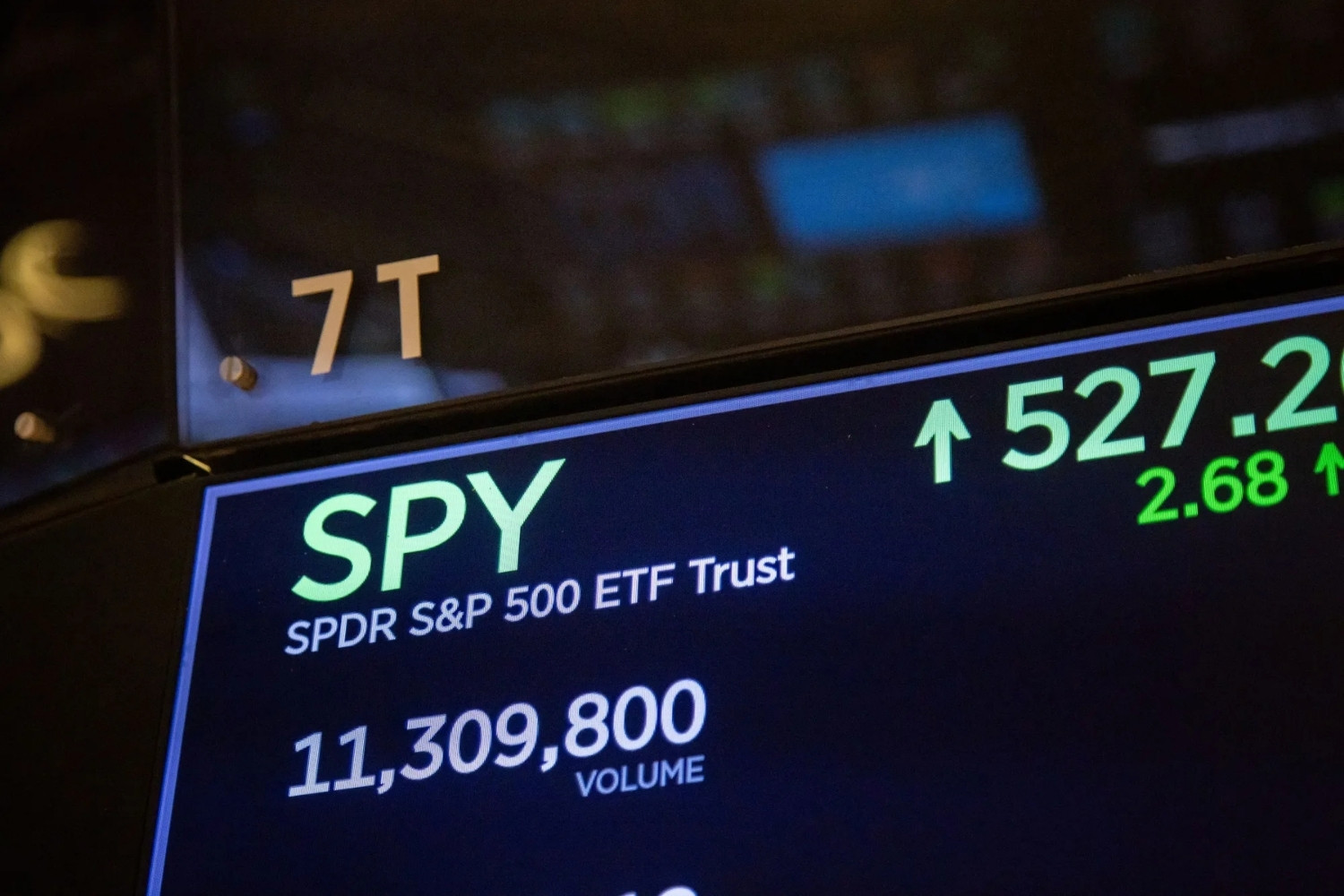
What makes the SPY stock so popular among investors? The SPY stock, also known as the SPDR S&P 500 ETF Trust, is a favorite for many investors due to its diversification and liquidity. SPY tracks the S&P 500 index, which includes 500 of the largest companies in the U.S., offering a broad market exposure. This means when you buy SPY, you're essentially buying a small piece of each of these companies. Its high trading volume ensures you can buy or sell shares quickly without affecting the price much. Additionally, SPY has a relatively low expense ratio, making it a cost-effective way to invest in the stock market. Investors appreciate its transparency, as the holdings are updated daily, providing clear insight into what they own.
What is the SPY Stock?
The SPY stock, also known as the SPDR S&P 500 ETF Trust, is one of the most popular exchange-traded funds (ETFs) in the world. It tracks the performance of the S&P 500 Index, which includes 500 of the largest companies listed on U.S. stock exchanges.
- SPY was the first ETF listed in the United States, debuting on January 29, 1993.
- The SPY ETF is managed by State Street Global Advisors, a division of State Street Corporation.
- SPY's ticker symbol stands for "Standard & Poor's Depositary Receipts."
- The fund aims to provide investment results that, before expenses, correspond generally to the price and yield performance of the S&P 500 Index.
- SPY is one of the most liquid ETFs, with an average daily trading volume of over 70 million shares.
Why is SPY Popular?
SPY's popularity stems from its simplicity, liquidity, and the broad market exposure it offers. Investors use it for various purposes, from long-term investments to short-term trading.
- SPY provides exposure to a diverse range of sectors, including technology, healthcare, financials, and consumer goods.
- The ETF has a low expense ratio of 0.09%, making it cost-effective for investors.
- SPY is often used as a benchmark for the overall performance of the U.S. stock market.
- Institutional investors, such as pension funds and mutual funds, frequently use SPY for hedging and asset allocation.
- SPY's high liquidity ensures that investors can buy and sell shares quickly without significantly affecting the price.
Performance and Dividends
Understanding SPY's performance and dividend payouts can help investors make informed decisions.
- SPY has delivered an average annual return of around 10% since its inception.
- The ETF pays quarterly dividends, which are derived from the dividends of the underlying S&P 500 companies.
- SPY's dividend yield typically ranges between 1.5% and 2%.
- Dividends are automatically reinvested if investors choose a dividend reinvestment plan (DRIP).
- SPY's performance closely mirrors that of the S&P 500 Index, making it a reliable indicator of the market's health.
Risks and Considerations
While SPY offers many benefits, it's essential to understand the risks and considerations involved.
- SPY is subject to market risk, meaning its value can fluctuate based on the performance of the underlying stocks.
- The ETF does not offer protection against inflation, which can erode purchasing power over time.
- SPY's performance can be negatively impacted by economic downturns, geopolitical events, and changes in interest rates.
- Investors should consider their risk tolerance and investment goals before investing in SPY.
- SPY may not be suitable for investors seeking high growth or those with a short investment horizon.
How to Invest in SPY
Investing in SPY is straightforward, but there are a few steps and considerations to keep in mind.
- SPY can be purchased through any brokerage account that offers access to U.S. stock exchanges.
- Investors can buy SPY shares in whole or fractional amounts, depending on the brokerage's offerings.
- It's possible to invest in SPY through tax-advantaged accounts like IRAs and 401(k)s.
- Dollar-cost averaging, where investors buy a fixed dollar amount of SPY at regular intervals, can help mitigate market volatility.
- Investors should monitor SPY's performance and rebalance their portfolios as needed to maintain their desired asset allocation.
Interesting Facts About SPY
Here are some lesser-known but intriguing facts about SPY that highlight its unique characteristics.
- SPY is one of the largest ETFs in the world, with assets under management exceeding $400 billion.
- The ETF's creation and redemption process involves large institutional investors known as authorized participants.
- SPY's structure allows for tax efficiency, as it can minimize capital gains distributions.
- The ETF has a diverse shareholder base, including individual investors, institutions, and international investors.
- SPY has inspired the creation of numerous other ETFs that track different indices and sectors.
Final Thoughts on SPY Stock
SPY stock, representing the S&P 500, is a cornerstone for many investors. It offers a broad market exposure, making it a popular choice for both beginners and seasoned traders. With its low expense ratio and high liquidity, SPY provides an efficient way to invest in the U.S. stock market.
Understanding its historical performance, dividend payouts, and sector allocations can help you make informed decisions. Keep an eye on market trends and economic indicators, as these can impact SPY's performance.
Whether you're looking to diversify your portfolio or seeking a stable investment, SPY stock is worth considering. Always do your research and consult with financial advisors to align your investments with your financial goals. Happy investing!
Was this page helpful?
Our commitment to delivering trustworthy and engaging content is at the heart of what we do. Each fact on our site is contributed by real users like you, bringing a wealth of diverse insights and information. To ensure the highest standards of accuracy and reliability, our dedicated editors meticulously review each submission. This process guarantees that the facts we share are not only fascinating but also credible. Trust in our commitment to quality and authenticity as you explore and learn with us.
